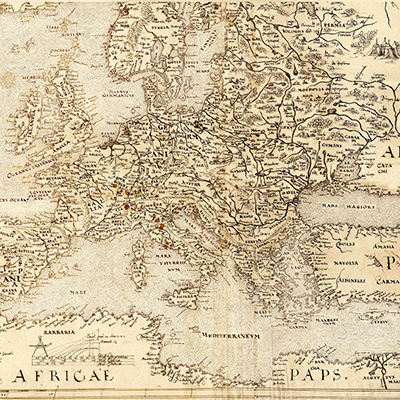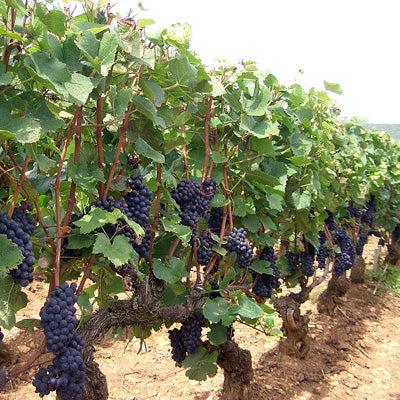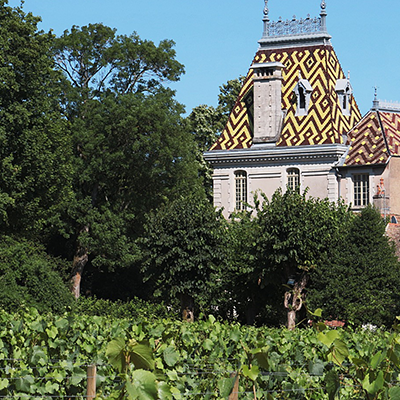
From Lees to the Glass—The Aging Process of Champagne
Fine Champagne is a complex and idiosyncratic elixir. Some glasses will taste like lightly buttered biscuits and lemon curd, others will be deeply toasted brioche and nuts. After a secondary fermentation, which creates the carbon dioxide that makes your wine bubble, the wine spends time on the lees, or dead yeast cells. Vintage champagne will spend a minimum of 3 years on the lees, which release a manner of flavor creating compounds, all while preserving freshness. After the disgorgement, the wine will age faster. It’s a complicated craft, one that when mastered can create a wide spectrum of fascinating wines!
Related Link: The Life Cycle of Champagne
Also in News

Grape School: Pinot Noir Part Two: The Old World

Grape School: Pinot Noir Part One

